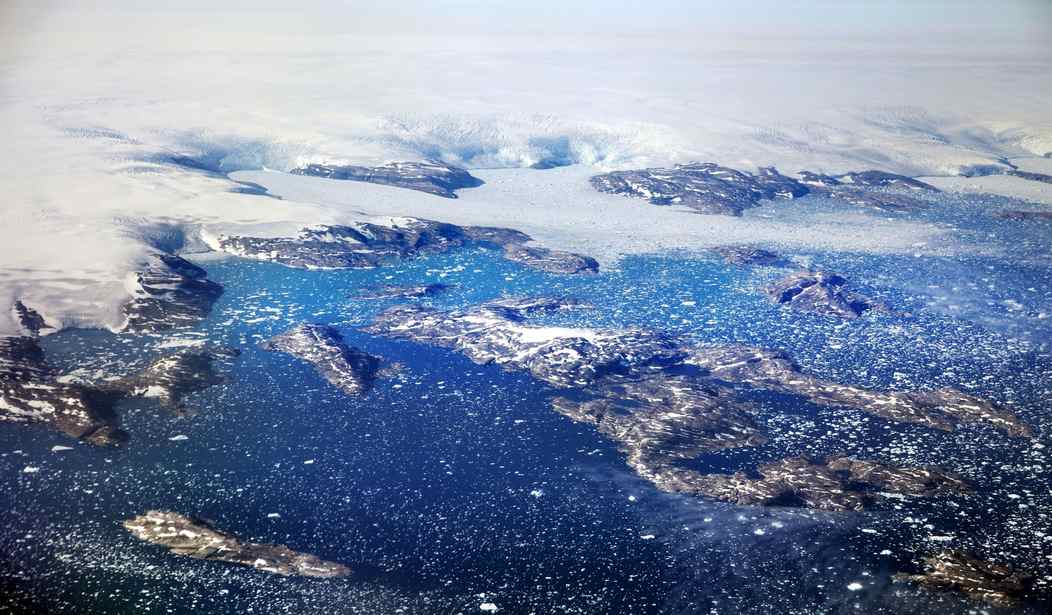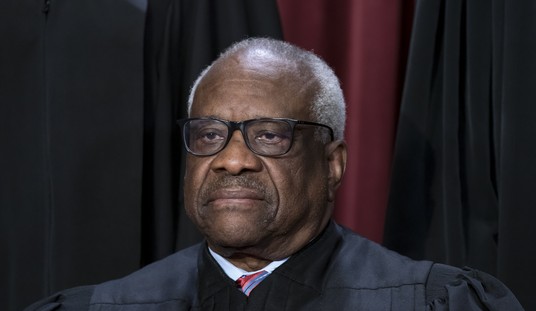Concern for climate change erupted at a recent meeting of the Parliament of the World’s Religions, a 128-year-old group that furthers interfaith dialog. This shows that fear of climate change has now spread throughout the world’s religions from Christianity to Islam, Hinduism, and Jainism.
Both adults and children everywhere think that if we don’t do something right now, we will have a climate disaster. Since religious leaders often have great influence, the conference urged them to global efforts to fight climate change.
Whoa! Let’s hit the pause button.
When you and I rush to “do something,” we usually choose bad solutions. For example, many nations have promised deep cutbacks on fossil fuels like coal, oil, and natural gas to keep global warming no greater than 2.7oF by the year 2100 compared with pre-industrial times. They pledge to use renewable wind and solar energy sources instead. This plan makes media headlines. It’s “doing something.”
What do you think? Will these promises achieve the goal of 2.7oF? Careful analysis shows the promised cutbacks will only achieve 0.05oF toward the goal! And the cost? Between $1 and $2 trillion per year! Clearly, a bad solution. If careful analysis shows this so-called solution is deceptive, why do we not hear about this in public media?
To “do something” the UK shut down their coal-fired power plants out of climate change fears to rely heavily upon wind power. Wind speeds declined during recent winters. People had to choose between eating and freezing. Sadly, hypothermia cases increased. To prevent such deaths, the UK had to reopen closed coal-fired power plants. Do you see how wind and solar are weather vulnerable?
Recommended
Modern civilization relies upon cheap energy to manufacture basic construction materials like cement, steel, plastics, and glass—including solar panels, wind turbines, and batteries. We also rely upon cheap energy for transportation. The sole sources of cheap energy are fossil fuels. Renewables can’t compete.
Let’s think calmly about climate change. It led to the worldwide rush to “do something.” According to the media, the threat comes from a dangerous climate warming trend. That warming, the headlines keep telling us, is due to mankind’s increasing use of coal, oil, and natural gas, all of which emit CO2 into the atmosphere. The media acts as though CO2 is the primary greenhouse gas that traps heat from leaving the earth.
Do you see the three claims here? (1) a dangerous warming exists; (2) the warming is due to man’s increasing use of fossil fuels; and (3) CO2 is the primary greenhouse gas. Look at each claim.
First, does a dangerous warming exist? The earth’s climate has always been changing—warming and cooling over thousands of years. Have past warming periods been dangerous? Not according to historical records. The last great warming was in the medieval period when Europe’s population increased due to the lengthened growing seasons.
Second, is contemporary warming due only to increased use of fossil fuels? Greenhouse theory says some of it is due to fossil fuels. However, observed rising CO2 levels do not exactly match global temperature rises. Why? Science has not settled on the causes. Surely natural causes of past climate changes did not suddenly disappear with the industrial use of fossil fuels.
Third, CO2 is not the primary greenhouse gas. Water vapor is. Water vapor can both trap heat from leaving the earth and reflect heat back out of the atmosphere. It can consume heat and release heat within the atmosphere. Science has not yet succeeded in understanding the quantities of these ever-changing processes.
There are other factors. Take the oceans. Water can store far more heat energy than air. Successful long-range weather forecasters have long known that slowly changing ocean currents have a strong effect on climate. Climate science has only focused on ocean currents recently.
Another climate change process is the state of the sun. A lower number of sunspots shows a calming sun. Low sunspot numbers occurred during the founding of America, causing the Little Ice Age. Think of that famous painting of George Washington crossing the icy Delaware River. How does solar storm frequency affect our earth’s temperature? Science only recently has begun to investigate.
What is a take-away point here? The science of climate change does not adequately understand key processes in atmospheric physics. You should not build public policy before the science is reasonably settled—and contrary to common claims, on this subject, it isn’t.
Another take-away point: today’s media is ideologically driven. Scary headlines sell. CO2 is not a dangerous gas. It is the necessary plant food for all life on earth! Increasing atmospheric CO2 is causing increased greenery all over the earth. World food production has increased remarkably. Arctic polar bears are doing just fine. Arctic Ocean ice continues to exist throughout the year. Antarctic Emperor Penguins are increasing. Sea-level increases over the next one hundred years will amount to several inches, not 20 feet.
Yes, damage costs from flooding and hurricanes have significantly increased. However, that increase is due to more construction in flood-prone areas and along ocean beaches, not increasing storm intensity—which hasn’t occurred.
So why all the fear of climate change spreading throughout the world’s religions? One cause is the disappearance of old-fashioned investigative journalism that keeps the public scientifically naïve. Scary headlines sell. Another cause is the globalist ideology that increasingly dominates climate science leadership. One prominent authority wrote: “The function of climate change [science] … really is not about stopping climate chaos. Instead, we need to see how we can use the idea of climate change … to rethink how we take forward our political, social, economic and personal projects over the decades to come.”
For a better take on climate change from a Christian perspective than what the World Council of Religions offered, visit the Cornwall Alliance for the Stewardship of Creation.
Charles Clough (M.S. in Atmospheric Physics) is Retired Chief of Atmospheric Effects Team, Aberdeen Proving Ground, MD, Chairman of the Board of Chafer Theological Seminary, and a Fellow and Contributing Writer forThe Cornwall Alliance for the Stewardship of Creation.

























Join the conversation as a VIP Member